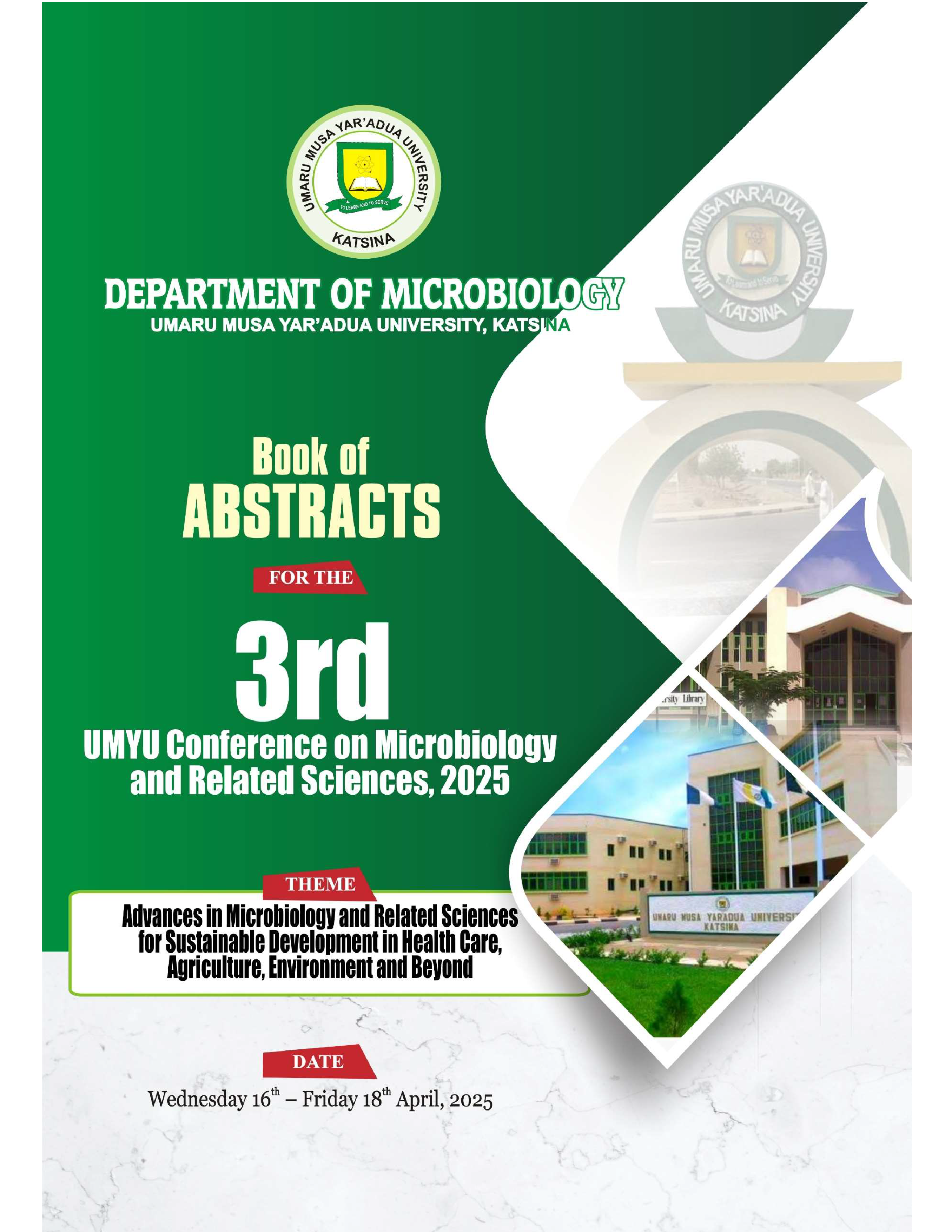SEROPREVALENCE OF BRUCELLA ABORTUS IN CAMELS AND ASSESSMENT OF KNOWLEDGE, ATTITUDES AND PRACTICES OF CAMEL HANDLERS ON BRUCELLOSIS IN NORTHERN SENATORIAL DISTRICT OF YOBE STATE, NIGERIA
Keywords:
Attitudes and Practices, Brucella abortus, Camels, Camel Handlers, Knowledge, Seroprevalence, Yobe State, NigeriaAbstract
Brucellosis is an important but often neglected zoonosis that results in serious economic losses in livestock and human populations. A cross-sectional study was conducted in the Northern Senatorial District of Yobe State, which includes Karasuwa, Machina, Nguru, and Yusufari, to determine the seroprevalence of Brucella abortus in camels and assess the knowledge, attitudes, and practices (KAP) of camel handlers regarding brucellosis. Serum samples (250) were collected from camels of various sexes and ages using convenience sampling. The samples were tested using the Rose Bengal Plate Test (RBPT), the Serum Agglutination Test (SAT), and Enzyme Linked Immunosorbent Assay (ELISA). A structured, close-ended questionnaire was also employed and administered to the camel handlers. Results showed that 106 samples (42.4%) were seropositive by RBPT, 56 (22.4%) by SAT, and 42 (16.8%) by ELISA. Notably, 40 of 56 camels with SAT titers had clinically significant antibody levels (≥1:80), indicating infection. Prevalence was higher in females than males across all tests with statistical significance (p < 0.05). Additionally, adult camels aged 7 years and above showed a higher prevalence than younger camels (<7 years) based on RBPT results (p < 0.05). However, no significant differences were found among locations within the study area (p > 0.05). Analysis of the structured questionnaire revealed that camel handlers lacked comprehensive knowledge about brucellosis and its zoonotic potential but were aware of the disease in other species like cattle and goats. The study established a seroprevalence of Brucella abortus antibodies in camels in Yobe State and highlighted the lack of knowledge among camel handlers regarding the disease and its risks. Recommendations include monitoring herds with positive camels, advising the culling of positive reactors, conducting public awareness campaigns on brucellosis's significance in public health, and instituting routine surveillance and control programs in the region.
Published
How to Cite
Issue
Section
License
Copyright (c) 2025 UMYU Conference of Microbiology and Related Sciences

This work is licensed under a Creative Commons Attribution-NonCommercial 4.0 International License.


